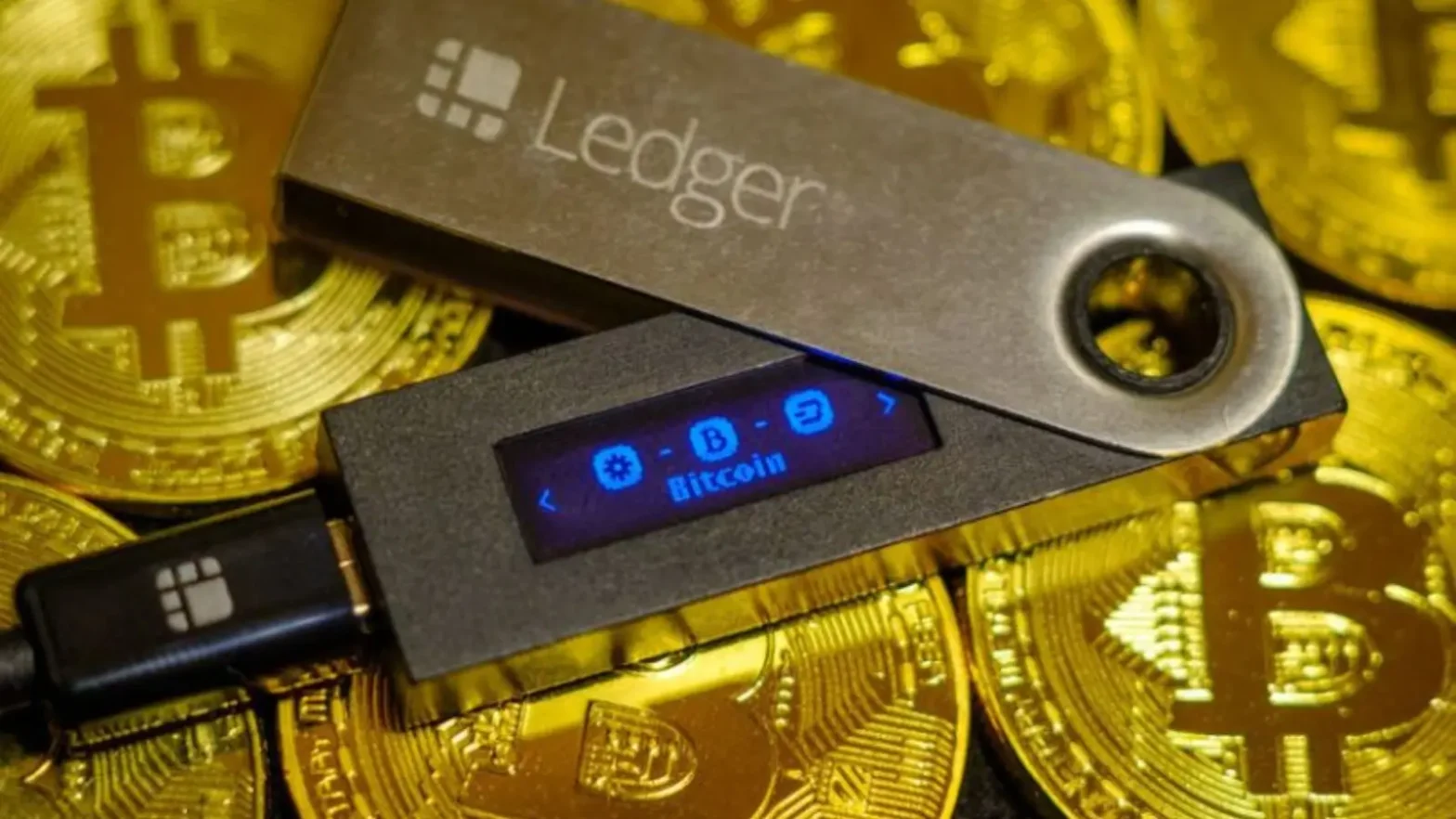This blog aims to help you learn how to store your crypto offline using a cold wallet.
As crypto adoption grows, so does the sophistication of online threats. From phishing schemes to hacked exchanges, the need for robust, offline storage has never been more urgent.
While hot wallets (see glossary) offer convenience, they leave your assets exposed to the vulnerabilities of internet-connected devices.
This is where cold wallets step in—offline vaults designed to provide the highest level of security for your digital currencies.
Whether you’re holding Bitcoin, Ethereum, or altcoins for the long haul, learning how to store your crypto offline using a cold wallet could be the smartest decision you make for your digital future.
In this guide, we’ll take a deep dive into cold wallets, break down how they work, explore different types available, and give you a full walkthrough on setting one up the right way.
What is a Cold Wallet?
A cold wallet refers to any cryptocurrency storage method that is entirely disconnected from the internet. Unlike hot wallets, which are online and accessible via web or mobile apps, cold wallets stay offline by design—making them nearly impossible to hack remotely.
The core idea is simple: if your private keys never touch the internet, they remain out of reach of cybercriminals.
There are different kinds of cold wallets, but they all serve the same primary purpose—to secure your private keys offline and protect your holdings from online compromise.
Why Store Your Crypto Offline?
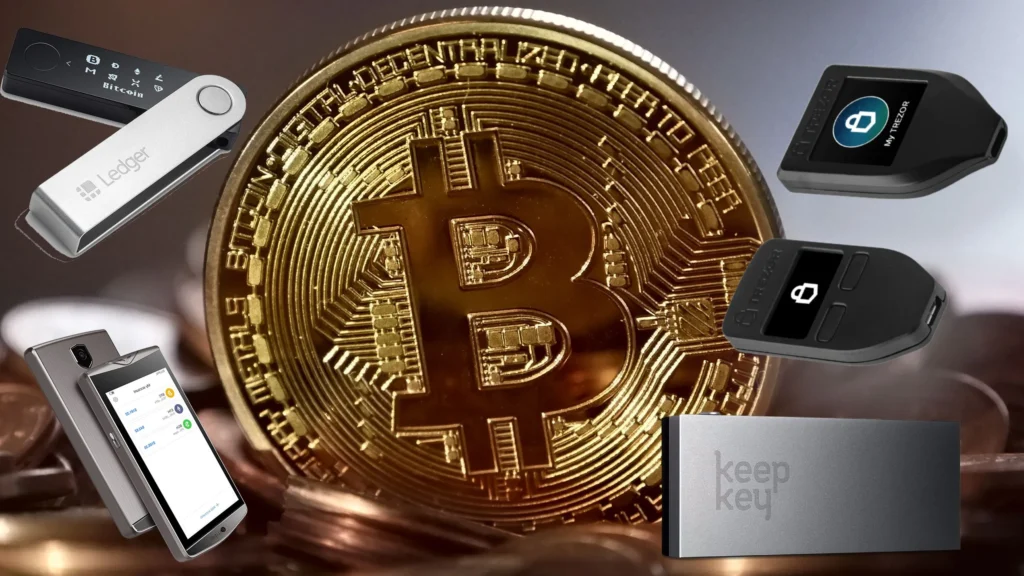
The allure of high returns in crypto is often met with equally high risks, particularly for those who store their assets in hot wallets or exchanges. While these platforms are convenient, they come with inherent vulnerabilities:
- Centralized exchanges can be hacked (as seen in the Mt. Gox and FTX debacles)
- Malware or phishing attacks can drain software wallets
- Mobile devices and computers can be infected or stolen
Cold wallets offer a level of protection that simply doesn’t exist with internet-connected systems. With cold storage, even if your phone is hacked or your exchange collapses, your assets remain untouched—because the keys to your crypto are stored offline, in your control.
Types of Cold Wallets You Can Use
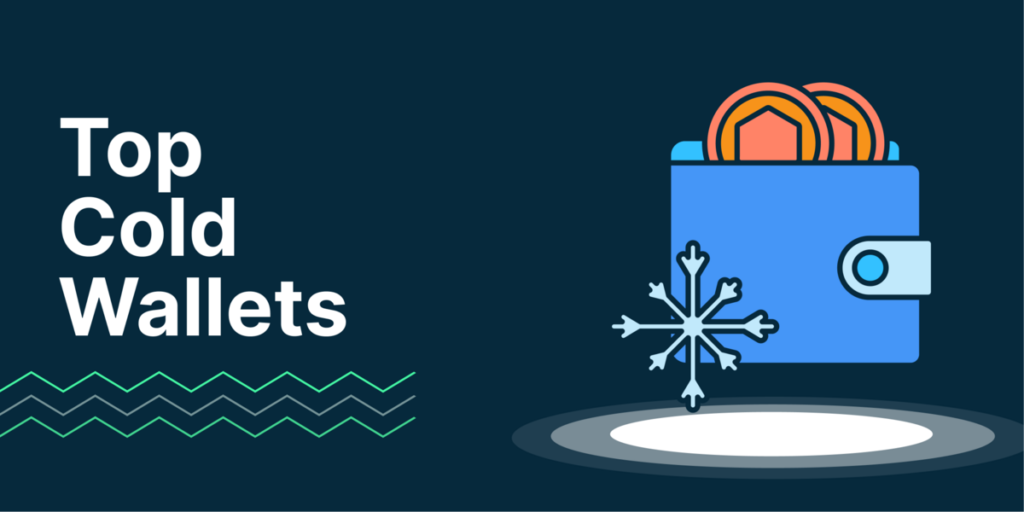
There’s no one-size-fits-all solution in crypto, and cold wallets are no different. Depending on your technical comfort level, budget, and security preferences, you can choose from the following major types of cold wallets:
Hardware Wallets
Hardware wallets are physical devices (usually USB-like) that store your private keys in secure chip environments.
Top brands like Ledger and Trezor have become household names in crypto for good reason—they offer airtight protection with user-friendly interfaces.
Once set up, the ONLY way to authorize transactions is by physically connecting the device and confirming the action via the wallet’s buttons or touchscreen. Your private key never leaves the device.
Paper Wallets
A paper wallet is essentially a printout of your public and private keys, often presented as a QR code. Though it may sound low-tech, it’s highly secure if generated and stored properly.
But there’s a catch—if the paper is lost, damaged, or seen by anyone, your funds are at risk. It’s also not as practical for regular transactions.
This method is mostly suited for long-term storage of small or medium holdings—think of it as crypto buried treasure.
Air-Gapped Devices
An air-gapped cold wallet is a computer or mobile device that has never been connected to the internet. This device is used to sign transactions offline, which are then transferred via SD card, USB, or QR code to a hot interface for broadcasting.
It’s a method typically used by advanced users or institutions with serious security needs.
Related: How is a Cryptocurrency Exchange Different from a Wallet
How to Set Up a Cold Wallet (Step-by-Step)
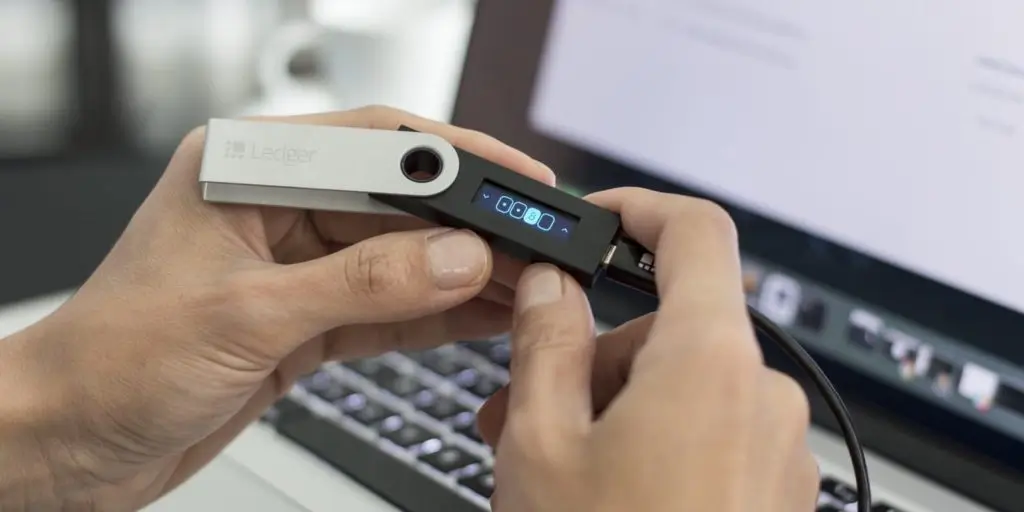
Setting up a cold wallet is less intimidating than it sounds, especially with modern hardware wallets. Here’s how to get started with a typical hardware wallet like Ledger or Trezor:
Step 1: Purchase Your Hardware Wallet from an Official Source
Never buy from third-party sellers. Make sure your device is brand new and untampered with by ordering directly from the manufacturer.
Step 2: Unbox and Initialize
Connect the device to your computer using the official software (Ledger Live or Trezor Suite). You’ll be prompted to create a new wallet.
During this step, the device will generate a 12- or 24-word recovery seed phrase. This is the most critical part of the setup.
Write this phrase down on paper—not digitally—and store it somewhere safe, like a locked fireproof safe or a bank vault.
Step 3: Set a PIN
You’ll also be asked to create a PIN code for the device. This adds another layer of security, ensuring that no one can access the wallet without physical control.
Step 4: Install Relevant Apps
Depending on the cryptocurrencies you want to store, you may need to install specific apps on your wallet software (e.g., Bitcoin, Ethereum, Solana).
Step 5: Transfer Funds to Your Wallet
Now it’s time to move your crypto from the exchange or hot wallet to your new cold wallet. Copy your wallet’s public address and initiate a transaction from your exchange.
Always send a small test amount first to confirm the process before transferring larger sums.
What Happens If I Lose My Cold Wallet?
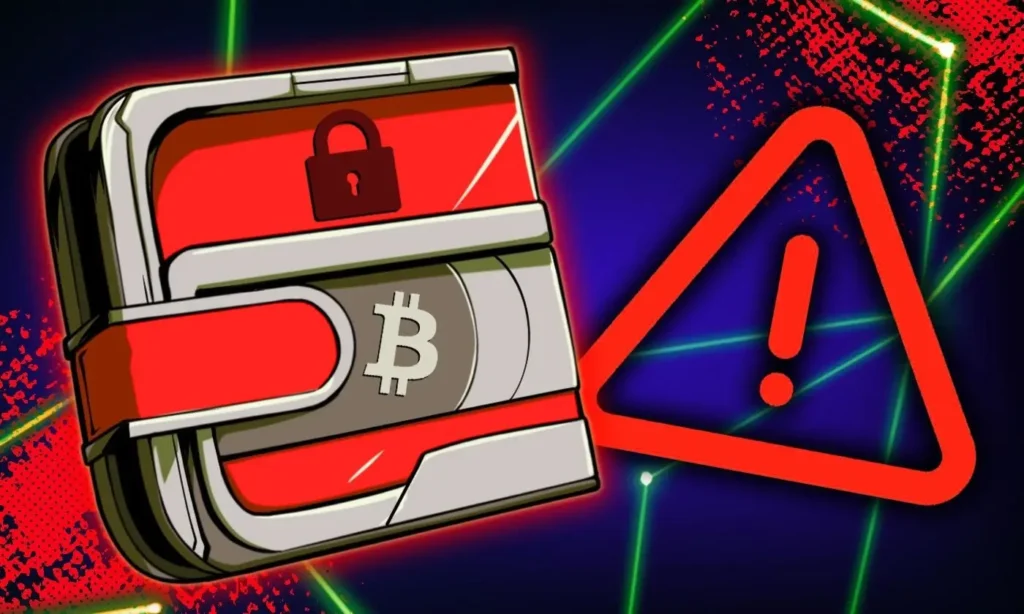
Losing your cold wallet isn’t necessarily the end of the world—if you have your recovery seed phrase. With that phrase, you can restore your wallet on any compatible device, regaining full access to your funds.
However, if you lose both your device and the recovery phrase, your assets are GENUINELY GONE FOREVER! There’s no password reset in crypto. That’s why securing your seed phrase should be treated with the same level of importance as securing a pile of gold bars.
Cold Wallet Myths You Should Ignore
Despite their importance, cold wallets are often misunderstood. Let’s clear up a few common misconceptions:
Myth 1: Cold wallets are only for crypto whales (check glossary for meaning).
Truth: Anyone holding any meaningful amount of crypto—whether $500 or $500,000—can benefit from cold storage.
Myth 2: Cold wallets are complicated to use.
Truth: Today’s hardware wallets are designed with user experience in mind. If you can use a smartphone, you can use a hardware wallet.
Myth 3: Hardware wallets can be hacked in transit.
Truth: While supply-chain attacks are possible, buying directly from the manufacturer mitigates this risk significantly.
FAQs on How to Store Your Crypto Offline Using a Cold Wallet
Q: Can I store all my cryptocurrencies in one cold wallet?
Most hardware wallets support multiple coins, but you may need to install different apps or use third-party software. Always check compatibility first.
Q: What’s safer—cold wallet or multi-sig wallet?
Both are secure in different ways. Cold wallets isolate your keys offline, while multi-sig wallets require multiple keys to authorize a transaction. Advanced users sometimes combine both for maximum security.
Q: How often should I check my cold wallet?
Not frequently. That’s the point. However, you can check your wallet’s balance using blockchain explorers without accessing the device itself.
Q: Is it OK to store my recovery phrase in the cloud?
Absolutely not. Storing seed phrases on cloud services exposes you to hacking risks. Always keep them offline.
Q: Can I send and receive crypto directly from my cold wallet?
You can receive crypto anytime by sharing your public address. To send, you must connect your wallet, approve the transaction, and broadcast it via an online device.
Summary: How to Store Your Crypto Offline Using a Cold Wallet
In today’s volatile crypto environment, knowing how to store your crypto offline using a cold wallet is essential for any serious investor. Cold storage gives you control, protection, and peace of mind—qualities you won’t find on an exchange or hot wallet.
Here’s a recap of what we covered:
- Cold wallets are offline storage tools that secure your private keys away from online threats
- Hardware wallets like Ledger and Trezor are the most accessible and user-friendly options
- Setup involves generating a recovery phrase, setting a PIN, installing apps, and transferring funds
- Recovery phrases are crucial—if lost, you lose access to your crypto permanently
- Common myths about cold wallets are easily debunked with the right information
Now that you know how to store your crypto offline using a cold wallet, you are ready to take control of your crypto security. Don’t wait for the next exchange hack—move your assets to cold storage and sleep easy knowing your digital wealth is safe.

